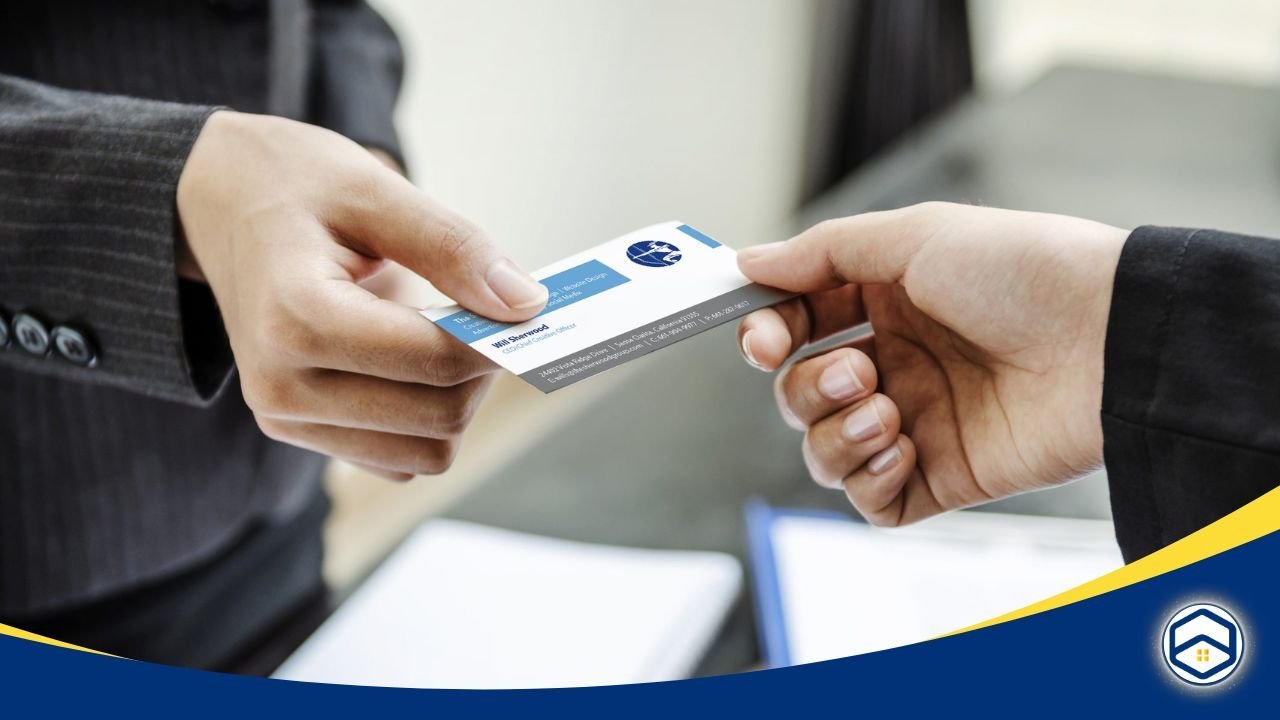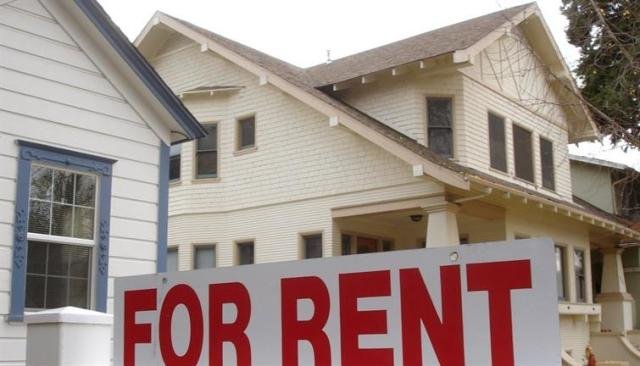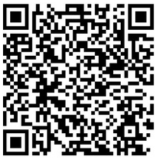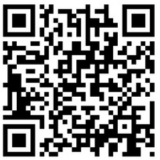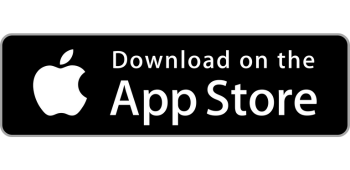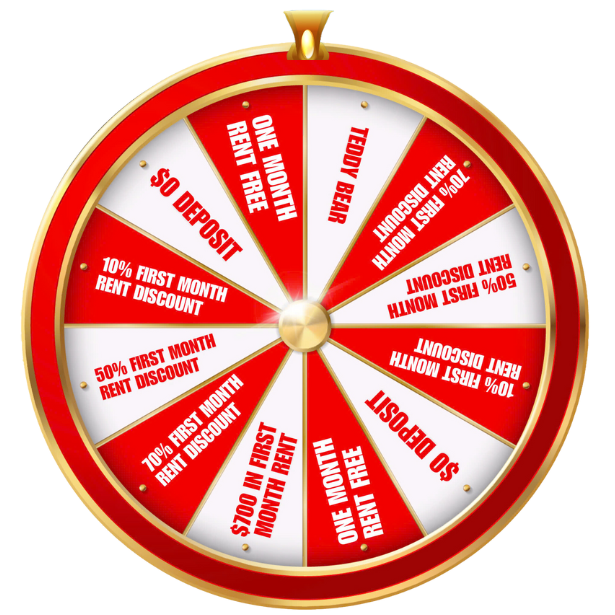In the ever-evolving landscape of real estate marketing, where digital platforms and social media dominate, one traditional tool continues to stand tall: the humble real estate business card. Despite the proliferation of online marketing channels, real estate business cards remain an indispensable asset for agents and agencies alike. In this comprehensive guide, we delve into the intricacies of real estate business cards and uncover their significance in modern marketing strategies.
The Evolution of Real Estate Business Cards

Real estate business cards have a rich history dating back to the early days of property transactions. Initially serving as a means of contact exchange, these cards have evolved into powerful marketing tools. With advancements in printing technology, design aesthetics, and content customization, modern real estate business cards have become miniature brand ambassadors for agents and agencies.
The Importance of Real Estate Business Cards in the Digital Age

-
Tangible Presence
In a world inundated with digital advertisements and fleeting online interactions, the tangible presence of a real estate business card holds significant value. Unlike virtual ads that can be easily scrolled past or forgotten amidst the digital noise, a physical business card demands attention. When placed in the hands of a potential client, it becomes a tangible representation of the agent’s brand, leaving a lasting impression that extends beyond the ephemeral realm of cyberspace.
-
Personal Connection
In the fast-paced digital landscape, genuine human connection can often be overshadowed by automated interactions and impersonal communications. Real estate business cards offer a tangible opportunity to bridge this gap and foster authentic relationships. The act of exchanging business cards creates a moment of connection between agents and clients, transcending the virtual barrier of screens and keyboards. It provides an opportunity for face-to-face interaction, allowing agents to convey their professionalism, personality, and passion for their craft.
-
Local Networking
Despite the global reach of digital platforms, real estate remains inherently local in nature. Agents rely on their understanding of local markets, neighborhoods, and communities to thrive in their profession. In this context, business cards serve as invaluable networking tools within the local community. Whether attending neighborhood events, chamber of commerce meetings, or industry conferences, agents can use business cards to establish connections with fellow professionals, potential clients, and other stakeholders.
-
Brand Reinforcement
In a crowded marketplace where competition is fierce and differentiation is key, real estate business cards serve as powerful brand assets. A well-designed business card is more than just a contact information carrier; it is a miniature representation of the agent’s brand identity and values. From the choice of colors and fonts to the incorporation of logos and imagery, every element of the design contributes to the overall perception of professionalism and credibility.
Key Elements of Effective Real Estate Business Cards

-
Design
The design of a business card serves as the visual embodiment of the agent’s brand identity and professionalism. A well-crafted design not only catches the eye but also communicates key information in a clear and concise manner. When designing a real estate business card, it’s essential to strike a balance between aesthetics and functionality. The design should be visually appealing, incorporating elements such as colors, fonts, and imagery that align with the agent’s brand identity. At the same time, readability and clarity of information should never be compromised. The layout should be organized and intuitive, guiding the recipient’s eyes seamlessly from one piece of information to the next.
-
Information
The information displayed on a real estate business card serves as the gateway to further engagement and communication. Essential details such as the agent’s name, contact information, agency logo, and license number should be prominently featured on the card. These details not only provide recipients with the means to get in touch but also reinforce the agent’s credibility and legitimacy. In addition to basic contact information, including a professional photo can enhance the personal connection with the recipient, putting a face to the name and instilling trust.
-
Call to Action
A clear and compelling call to action is essential for guiding recipients toward the desired next step. Whether it’s visiting a website, scheduling a consultation, or following on social media, incorporating a specific call to action prompts recipients to take action and engage further with the agent or agency. The call to action should be concise, actionable, and aligned with the agent’s overall marketing objectives.
-
Quality Printing
The quality of printing and paper stock can significantly impact the perceived value and professionalism of a real estate business card. Investing in high-quality printing techniques and premium paper stock elevates the tactile experience of holding the card, conveying a sense of craftsmanship and attention to detail. A well-printed business card not only feels luxurious in the hand but also showcases the agent’s commitment to quality in every aspect of their business. From the crispness of the text to the vibrancy of the colors, every element of the printing process contributes to the overall impression of the card.
Innovative Trends in Real Estate Business Cards

-
QR Codes
Integrating QR (Quick Response) codes into business cards has emerged as a popular trend, offering recipients instant access to additional information or digital content with a simple scan. By embedding a QR code on their business card, agents can provide recipients with direct links to property listings, virtual tours, or multimedia presentations, enriching their experience and facilitating further exploration. This seamless integration of digital content enhances the utility of the business card, transforming it from a static piece of paper into a gateway to a wealth of information and resources. Moreover, QR codes can track engagement metrics, providing agents with valuable insights into recipient behavior and preferences, allowing for targeted follow-up and personalized communication.
-
Interactive Elements
Innovative technologies such as augmented reality (AR) features or Near Field Communication (NFC) technology are revolutionizing the traditional concept of business cards, turning them into interactive experiences that captivate recipients and leave a lasting impression. By incorporating AR elements into their business cards, agents can offer immersive virtual tours of properties, allowing recipients to explore homes and neighborhoods in a dynamic and engaging manner. Similarly, NFC-enabled business cards enable seamless interaction with digital devices, allowing recipients to access additional content or initiate contact with a simple tap.
-
Social Media Integration
In an increasingly interconnected world, social media has become a powerful tool for building and nurturing relationships. Real estate business cards are incorporating social media integration as a means of extending the reach of the agent or agency across various digital platforms. By including social media handles or custom hashtags on their business cards, agents encourage recipients to connect with them on platforms such as Facebook, Instagram, or LinkedIn, facilitating ongoing engagement and communication. This multi-channel approach not only broadens the agent’s digital footprint but also provides additional touchpoints for interaction, allowing clients and prospects to stay updated on the latest listings, market trends, and industry insights
Maximizing the Impact of Real Estate Business Cards

-
Strategic Distribution
Effective distribution of real estate business cards involves more than simply handing them out indiscriminately. Instead, agents should identify strategic opportunities where distributing business cards can yield maximum exposure and engagement. This may include attending industry conferences, networking events, or local business gatherings where potential clients and referral partners are likely to be present. Additionally, agents can explore partnerships with complementary businesses, such as mortgage lenders or home staging companies, to distribute their cards to a relevant audience.
-
Follow-Up
The exchange of business cards is just the beginning of a relationship-building process. To solidify connections and stay top-of-mind with recipients, agents should follow up after exchanging cards with a personalized message or gesture. This could involve sending a handwritten note expressing appreciation for the interaction, sharing relevant resources or insights based on the recipient’s interests, or inviting them to connect further over coffee or a virtual meeting.
-
Integration with Digital Channels
In today’s digital age, real estate business cards should seamlessly integrate with digital marketing channels to create a cohesive brand experience across multiple touchpoints. Agents can achieve this integration by incorporating their business card information into various digital platforms, such as email signatures, website contact forms, or social media profiles. Including a digital version of the business card on the agent’s website or social media pages allows visitors to easily save or share contact information, enhancing accessibility and convenience.
-
Measure and Iterate
To ensure the effectiveness of real estate business cards, agents should continuously monitor and evaluate their performance using analytics tools or feedback mechanisms. By tracking metrics such as card distribution rates, response rates, and conversion rates, agents can gain valuable insights into the impact of their business cards and identify areas for improvement. For example, agents may discover that certain distribution channels or events are more effective at generating leads, prompting them to allocate resources accordingly.
Conclusion
In the dynamic realm of real estate marketing, where innovation constantly reshapes the landscape, real estate business cards remain steadfast as timeless tools for establishing connections, reinforcing brands, and driving engagement. By leveraging the power of design, technology, and strategic distribution, agents and agencies can unlock the full potential of real estate business cards within their marketing arsenal, propelling their success in an ever-evolving industry.

